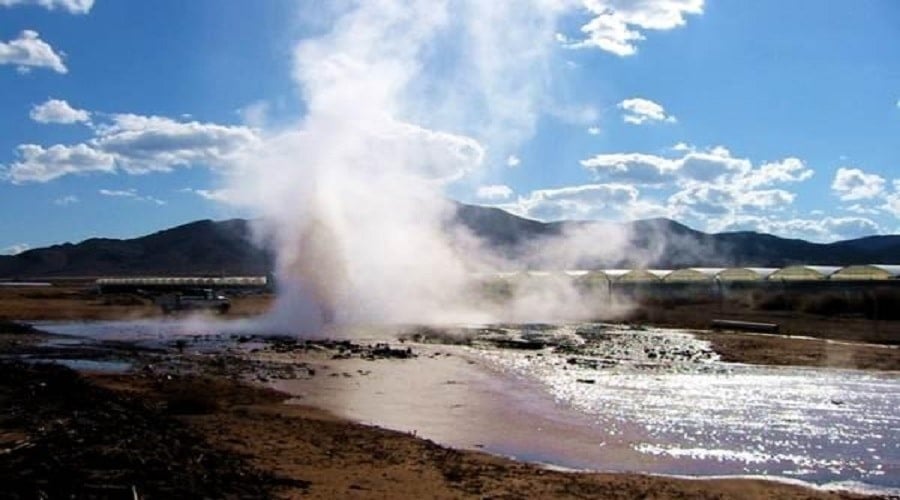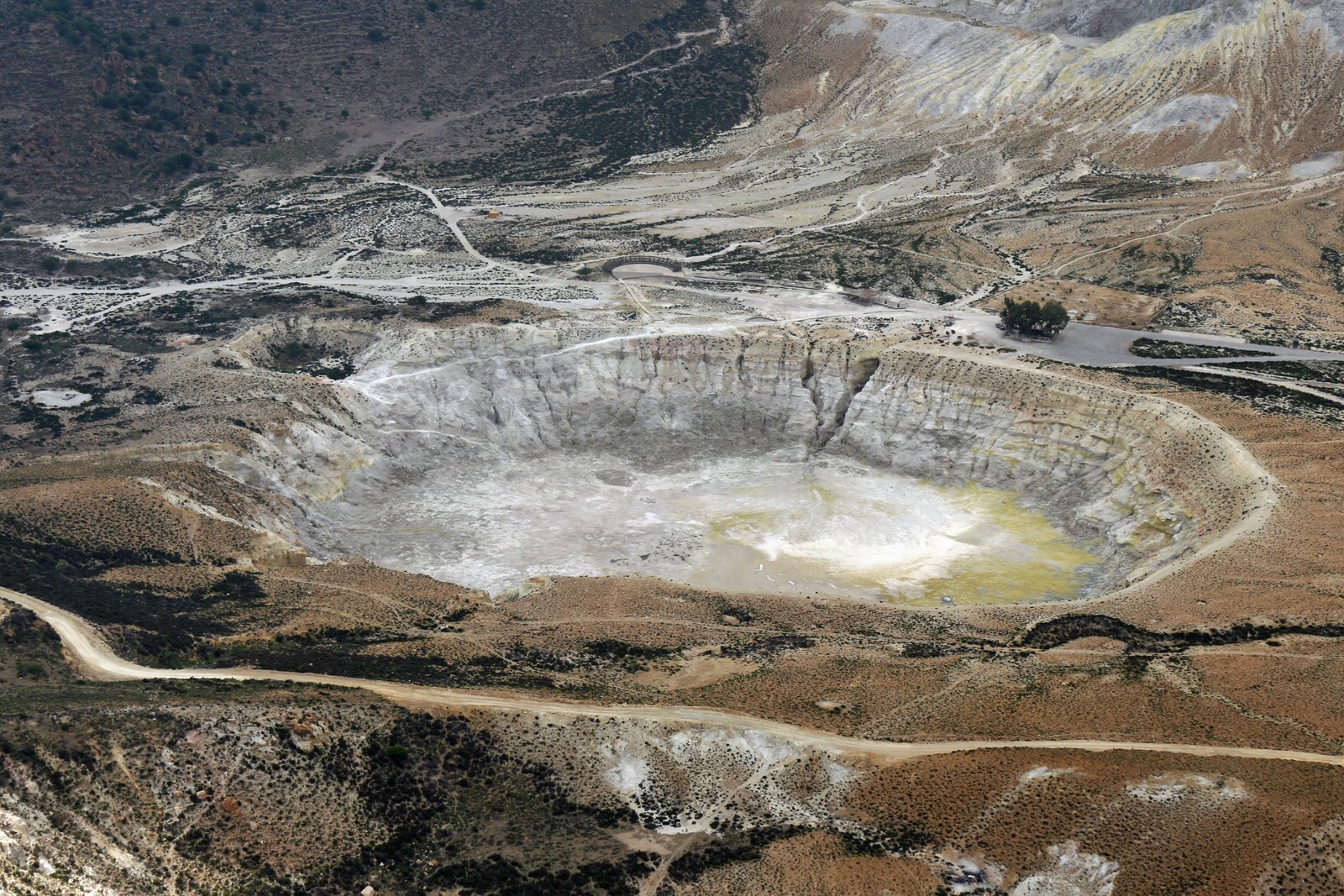
Nisyros’ geology has shaped every aspect of its landscape. Public Domain
Nisyros Geopark has officially been inducted into the UNESCO Global Geoparks Network, a prestigious designation that recognizes geographical areas with a unique geological heritage managed through a holistic concept of protection, education, and sustainable development.
The decision was made during the most recent meeting of the international organization, culminating a multi-year effort that began with the submission of its candidacy file in November 2021.
The UNESCO Global Geoparks Network is an international platform that promotes and conserves the planet’s geological heritage. Unlike World Heritage Sites, which focus on single landmarks, Geoparks are unified territories that use their geological heritage to foster sustainable economic development, primarily through geotourism.
Membership in the network is a commitment to a “bottom-up” approach, involving local communities in the management and promotion of their unique natural and cultural assets.
Nisyros Geopark is a “living laboratory”
Nisyros’ inclusion is a crowning achievement that highlights its distinctiveness as a “living laboratory of natural processes.” The Geopark extends beyond the main island to include the surrounding rocky islets of Pergousa, Pachia, Kondelioussa, and Strongyli, as well as the marine area between them. This expansive area creates a rare geological mosaic, unlike any other.
The island is a young, active volcano at the eastern end of the South Aegean Volcanic Arc. While the last magmatic eruption occurred over 25,000 years ago, it remains an active volcanic field, with its central caldera floor dotted with impressive hydrothermal craters and hissing fumaroles that release sulfuric gases.

The crater of the Nisyros volcano, named ”Stefanos.” Credit: Krzysztof Gabrylewsk, Wikimedia Commons, CC BY 3.0
The most notable of these is the Stefanos Crater, one of the largest and most accessible hydrothermal craters in the world.
A “crowning moment for our island”
The island’s unique geology has shaped every aspect of its landscape and culture, from its dramatic black-sand beaches and hot springs to its traditional villages built from volcanic rock. The mayor of Nisyros, Christofis Koronaios, emphasized this significance, noting:
“This international recognition is a crowning moment for our island and highlights not only the unique natural and cultural wealth of Nisyros, but also the importance of the surrounding rocky islets… which are an integral part of the Geopark, composing a rare geological mosaic unique in the world.”
The designation brings a great responsibility, as Mayor Koronaios adds:
“It is an opportunity to ensure that the natural beauty and geological heritage of our island will remain intact, while at the same time creating sustainable development prospects for the local community.”
This recognition is expected to boost geotourism and sustainable development on the island, attracting visitors interested in its geology, natural beauty, and rich history, while ensuring the preservation of its fragile environment for future generations.
Related: Greece’s Nisyros Island: A Moonscape Aegean Hideaway